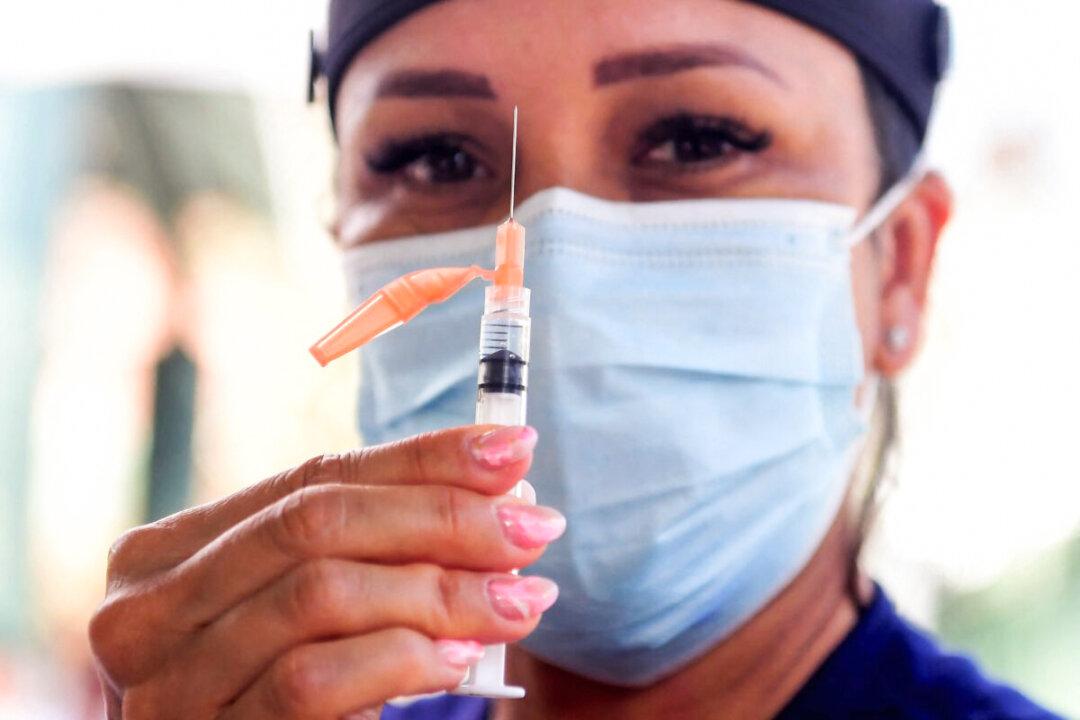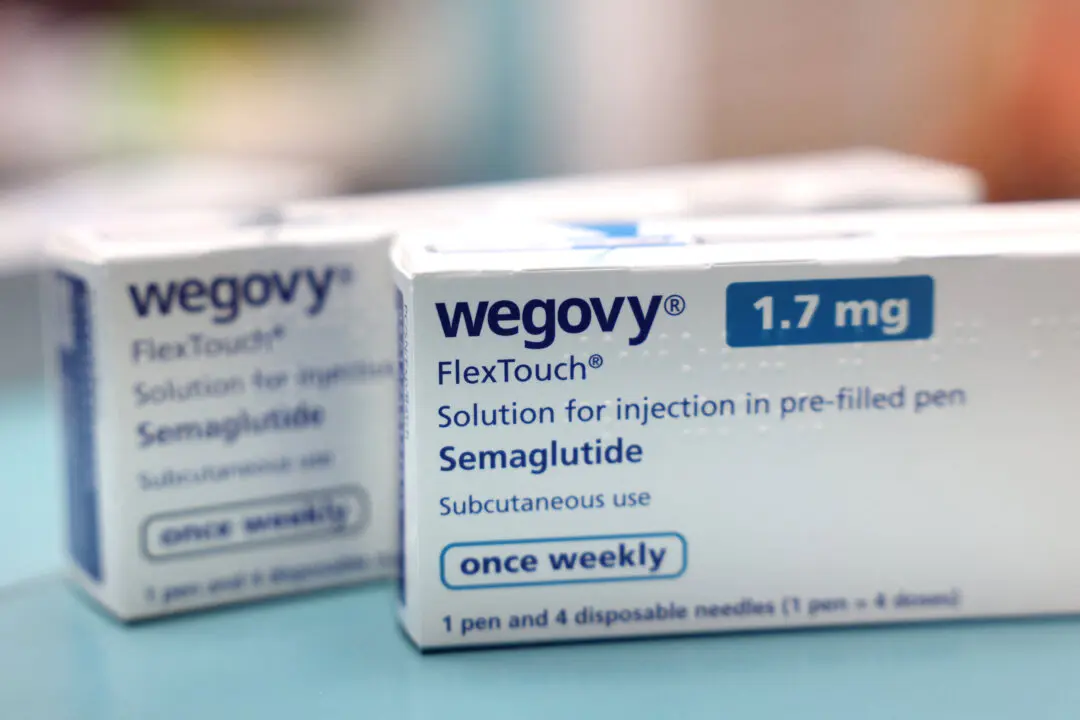People who received the Johnson & Johnson single-shot COVID-19 vaccine were more likely to experience a certain type of blood clotting issue than individuals in the general population before the start of the pandemic, according to a study published Nov. 1, although researchers said that the blood clots are rare.
Researchers with the Mayo Clinic, who published their findings in the JAMA Internal Medicine journal, obtained data on blood clotting from Olmsted County, Minnesota, between 2001 and 2015. They then compared rates of blood clotting with those who received the Johnson & Johnson shot.





